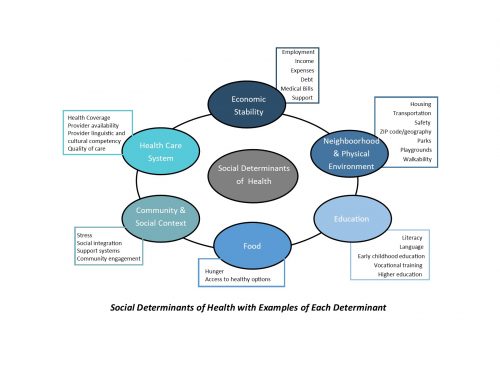When are full onsite case management referrals effective?
Currently we at CompAlliance are seeing a trend towards more Task Assignments for episodic case management intervention in workers’ compensation cases. In our post yesterday we discussed when we believe a Task Assignment can be effective. Today we are going to review what a typical Field-Based full assignment entails and when and why it may be the most appropriate choice for case management.
The goal of case management is to ensure a high-quality, effective and collaborative treatment plan for the injured worker while containing costs and attempting to facilitate a return to function as soon as it is medically appropriate, in as timely a manner as possible.
A field-based full case management assignment typically entails making a three-point contact with the injured worker, the employer and the treatment provider. Initially the goal of this contact is to introduce the case manager to all parties and explain the role of the case manager.
When meeting with the injured worker the case manager obtains a detailed history including information regarding the current reported injury, current and past medical history, performs a medication reconciliation and assesses the injured worker’s understanding of their diagnosis, treatment plan and goals for treatment. The case manager facilitates any education needed to increase the potential for adherence to the treatment provider’s plan of care. The case manager is able to determine the barriers that will impact case progression and the recommendations to address these barriers.
When speaking with the employer, any pertinent work history, a job description detailing functional requirements and any information regarding the ability to accommodate if needed is obtained. The case manager will keep the employer updated after each appointment with information as it pertains to the work-related injury and potential ability to return to either full or modified duty. The case manager can assist in educating the employer on the benefits of accommodating the injured worker and can facilitate necessary accommodations, often with the assistance of the vocational consultant.
The case manager meets with the physician at each appointment, coordinates any treatment recommendations within the guidelines of any of the carrier’s designated vendors, expedites communication between the treatment provider(s) and the carrier, and shares evidence-based literature for purposes of facilitating a collaborative discussion when the treatment plan appears to be outside of best practices.
Should the injured worker be participating in any additional rehabilitation such as physical therapy, the providers are contacted on a regular basis, and requested to document the objective findings, adherence to the treatment plan, projections for any additional treatment required, etc., prior to each appointment with the treating physician.
When is this comprehensive approach to case management in the best interest of all parties? Following are a few examples of when a full field-based case management assignment may be appropriate:
- Complex or multi-trauma cases
- The injured worker is not adhering to the treatment plan
- Language barriers
- Difficulty in obtaining from the physician a treatment plan with projections or the projections are outside of best practices
- The injured worker has been prescribed a controlled prescription drug
- The injured worker is experiencing complications that are impacting his treatment plan
- The injured worker has a co-morbidity that may lengthen or complicate treatment
- The employer-employee relationship appears to be impacting case progression
- It is anticipated the injured worker will not return to work
- The injured worker has been hospitalized and requires discharge planning
Early referrals to case management yield the highest impact when one of the above or other complex criteria exist. The case manager assists the injured worker to focus on healing and provides the education needed to facilitate adherence to the treatment plan. The employer is updated on an ongoing basis as to current status and is assisted in easing the injured worker back to a timely, medically appropriate return to work. Timely communication of medical information is facilitated between the treatment provider and the claims professional; ensuring the claims professional has the information needed to make informed claims decisions.


